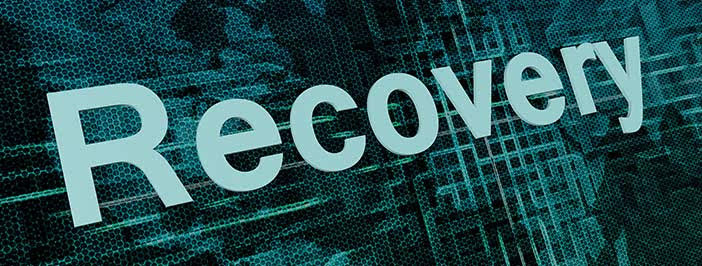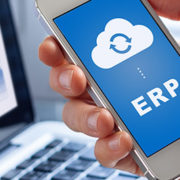Disaster Recovery Planning vs. Business Continuity Plans
Many businesses use the terms ‘disaster recovery plan’ and ‘business continuity plan’ interchangeably. Although both critical components following a disaster, they are independent of one another.
That means that if you have a disaster recovery plan but have failed to complete a business continuity plan (and vice versa), here’s what you need to know.
The Difference Between a Disaster Recovery Plan and a Business Continuity Plan
When a major disaster strikes, more than 40% of all businesses will never recover — and for those who do, only 29% are still operating two years later.
Taking a proactive approach will help ensure that your business not only survives a disaster but is still able to thrive. If you have not taken any action in terms of disaster planning, here’s what you need to know about the following plans (and what they mean for your business).
- Business continuity plan — If a disaster were to strike, would you be able to continue operating your business? If not, you are significantly reducing your chances of survival. This plan will allow you to re-establish and continue services. That way, you can become fully functional in the shortest amount of time possible. Within this plan, you must think about the most critical operations and processes within your organization. That includes your dependence on equipment, personnel, servers, software, finances, etc.
- Disaster recovery plan — This will be included within your business continuity plan but should be treated as its own separate entity. Your disaster recovery plan is essentially a subset of your business continuity plan. Disaster recovery is typically more technical, as it mostly focuses on the impact of lost IT services. When developing this plan, you should be aware of the 3-2-1 backup rule.
Bottom line: Your disaster recovery plan is more data-centric. It will allow you to restore and recover lost data following a disaster. In comparison, your business continuity plan is more business-centric. It includes strategies that will minimize downtime following a disaster based on core business operations.
Although different, both plans share the same goal in that they help sustain business operations.
Related: 3 Data Loss Horror Stories
Make Data Protection a Top Priority
As you can imagine, if you developed a business continuity plan but not a disaster recovery plan, it would be challenging to continue operations. Once you lose your data, your company essentially loses its most important asset. This means that it’s not a matter of developing one or the other — but rather how you balance both plans.
Of course, each organization is unique, so you will need to focus on your company’s specific needs. Many small-to-medium businesses benefit from outsourcing these processes, as a third-party can simplify both of these plans. Managed services can also be much more affordable in the long run — especially in terms of productivity.
Related: 5 Signs That It’s Time to Partner with a Managed Service Provider
Also, please be mindful that a disaster recovery plan goes far beyond copying your data. When developing this plan, you will need to outline how often you implement your backups, where you store your copied data, and anything else surrounding data recovery.
Disaster Recovery and Business Continuity with AppSolute
The takeaway here is that although closely related and in many ways reliant on one another, your disaster recovery plan and business continuity plan are not the same. Now is the time to ensure that both of these plans are up-to-date and that your team has been strategically involved.
With the evolution of cloud-based services, companies of all sizes can now easily afford to implement these plans. Don’t wait until disaster hits to develop critical strategies — contact us today to learn more!












